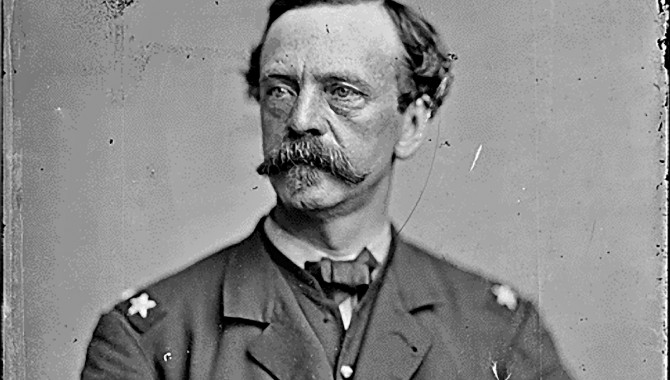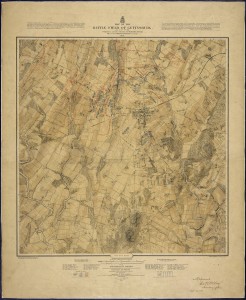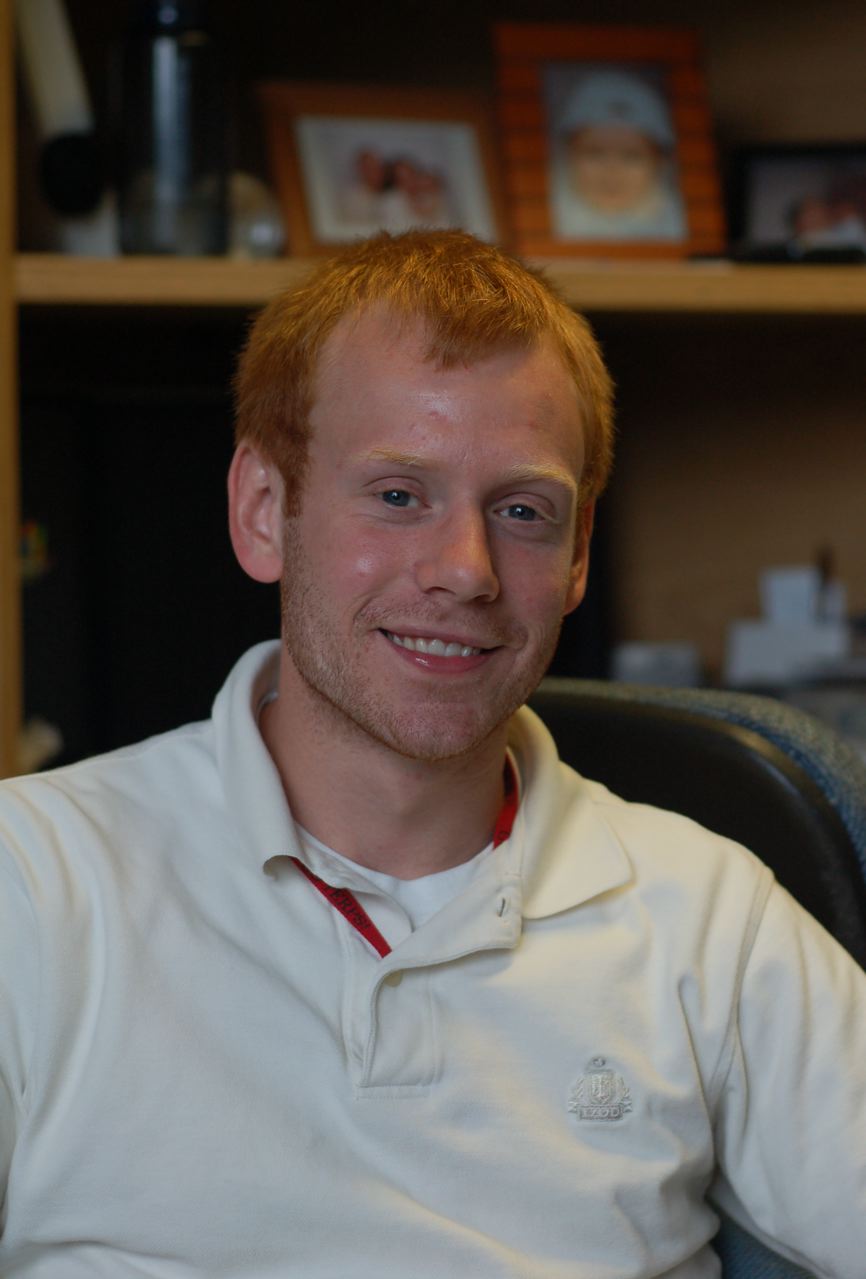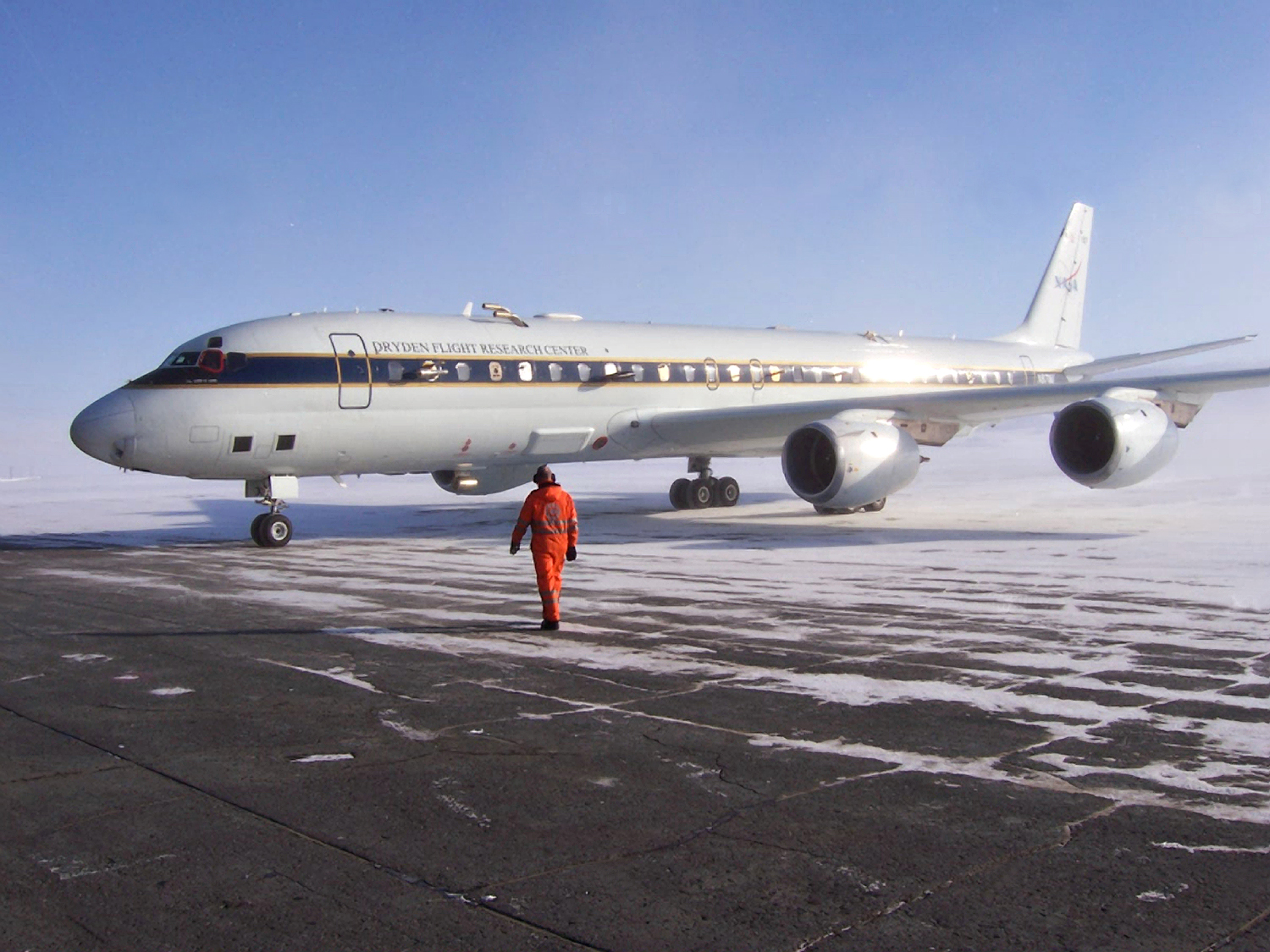
By Haley Stephenson
Three days before the decisive Battle of Gettysburg, General Joseph Hooker, leader of the Union Army, resigned from his post. President Abraham Lincoln asked General John Reynolds to fill the position. Reynolds, who disliked the political strings attached to the job and preferred to lead his soldiers in battle, turned Lincoln down. A few days later at Gettysburg, while positioning his first line of infantry in close proximity to the enemy, Reynolds was shot and killed.
Fast-forward nearly a century and a half. At eight o’clock on a pleasant June morning, the graduates of the inaugural yearlong Systems Engineering Leadership Development Program (SELDP) stood in the shadow of an enormous statue of General Reynolds on horseback and pondered the first of many leadership questions for the day: do you lead from the front or the back, and how close to the front is too close?
The engineers listened attentively to Lieutenant Colonel Gregory D. Hillebrand of the United States Air Force stationed at the U.S. Army War College, their guide for the day. Reynolds’s leadership from the front, while noble, explained Hillebrand, didn’t work out well. Leaders of the day struggled with this question of leadership location: too far back and they were viewed as cowards and had less control over their men; too far forward and they were seen as brave, but at much greater risk of dying. The loss of a good leader threatened a unit’s ability to operate. This problem resonated with Deborah Crane, an SELDP graduate from Marshall Space Flight Center. “Rather than always being up front and directing people and telling people what to do,” she said, “you lead from the back and you help people find the direction to lead themselves and others as well.”
The inspiration for this learning experience came from SELDP Director Christine Williams, who wanted to give the graduates a unique encounter with leadership challenges they had wrestled with for the past year in forums, technical training, and hands-on developmental assignments at an unfamiliar NASA center. “Seeing the consequences of leaders’ decisions and how they affect the outcome when life and death are on the line is a strong lesson they tend to remember for a long time,” she said.
Information and Communication
A lesson about the importance of getting good information came from the Confederate side. On the eve of battle, Confederate General Robert E. Lee believed the seven Federal Army corps were scattered far to the south and east, with the closest located in the vicinity of Frederick, Maryland, so he was surprised by news from a spy that Federal forces were assembling in the little town just below them called Gettysburg. Because J.E.B. Stuart, his mischievous but usually reliable cavalry commander, had been out of touch longer than usual, Lee was forced to act on information he did not fully trust. The spy’s information was legitimate, but the lack of certainty put Lee’s army in an uncomfortable position from the start.

Positions of troops around Little Round Top during the Battle of Gettysburg. Click here for close up view.
Image Credit: National Archives and Records Administration
The information deficit continued when Lee sent an engineer to scout the position of the gathering Federal forces near the hill called Little Round Top. The engineer reported that the Federal Army line ended well before the little hill. The next day, based on the engineer’s report, Lee sent troops to attack the Federal flank but found that the Federal line stretched all the way down to Little Round Top. Lee’s engineer had missed the presence of an entire corps of 10,000 men, Hillebrand said. “He was probably too busy looking at his map,” quipped a NASA engineer. A knowing laugh spread through the group; the engineers were familiar with the problem of missing the big picture because you were focused on the details. Perhaps, said Hillebrand with a smile, but it’s more likely the engineer scouted the wrong location or simply passed by at the wrong time.
Lee had to make a decision based on the information he had. “A lot of what we learned through the program involved methods to develop our ability and confidence to take information—or a lack of information—and make a decision and go with it,” said Crane, speaking of her SELDP experience. “Sometimes you don’t have all the information you would like to have, but a decision needs to be made.”
Successful communication poses two challenges. The first is simply getting a message from one point to another. Commands during the Civil War traveled from higher officials like Lee and George Meade in the back via men on horseback, runners, or a flag-waving system called “wig wag.” Orders trickled down to officers at the front who would walk up and down the rows of soldiers standing shoulder to shoulder, not unlike mission controllers in an operations room. The Federal Army had a communications advantage in that their forces were wrapped around the base of the eastern hills, while the Confederates had to deliver messages up and down a five-mile-long line of troops.
Today, we have cell phones, the Internet, and social media such as Twitter, but our messages still don’t always get through. “Working on Orion here, information changes so fast,” said Jerry Garcia, an SELDP graduate from Kennedy Space Center who had his hands-on assignment at Glenn Research Center. He described constant e-mail blasts conveying updates, information, and requests for the project. “I think the technologies we use to communicate sometimes hinder the intent of the message,” said Garcia, “I can get you an e-mail quickly, but did you really understand the intent?” This points to the second challenge of communication: ensuring that the recipient understands the message.
“Know yourself, know your enemy, and you can fight a hundred battles without disaster,” said Hillebrand, paraphrasing Sun Tzu. “Lee was very good at knowing who the enemy commanders were from his army days before the Civil War and from reading newspapers,” he continued, “but he wasn’t as capable at reading his own guys until bad things happened.”
Two months before Gettysburg, Lee lost Stonewall Jackson, his right-hand man. Jackson needed little instruction to execute a task, and Lee came to depend on this trait. Jackson’s replacement, General Richard Ewell, needed detailed steps and perhaps a few diagrams to accomplish the same task. Lee did not adapt to this new relationship. When he instructed Ewell to attack a Union-occupied hill provided it was practical and he didn’t bring on a bigger fight, Ewell decided not to attack because his men were tired. Jackson would have understood that Lee considered the attack essential; Ewell did not.
“This is very analogous to working with different NASA centers,” remarked Garcia. “All NASA organizations are required to follow NPRs [NASA Procedural Requirements], but they tailor them to their needs, culture, and center of competency. Each organization views the problem differently. Our challenge is improving cross-discipline communication,” he said.
In the afternoon, the SELDP group visited the base of Devil’s Den, directly in front of Little Round Top. This is where the Union Army held its line—the site of a teachable moment on the Union’s communication breakdowns.
Daniel Sickles, a Union Army officer, was positioned with his corps just north of Little Round Top on slightly lower ground along Cemetery Ridge. He wanted to move his men to higher ground in front of him, so he went about navigating the hierarchy to request permission to move. He may as well have been trying to navigate an automated phone system: he couldn’t get the answer he wanted. Not receiving a satisfactory reason not to advance, Sickles went ahead and moved all 10,000 of his men without explicit permission, causing great confusion among the neighboring corps, who worried that they were supposed to be advancing. Sickles’ movement onto the high ground caught the attention of General Meade, the leader of the Federal Army, who actually rode out to explain to Sickles why his original position was, in fact, better. Just as Sickles gave the order to turn back, the Confederates attacked.
Sickles’ challenge in navigating the hierarchy struck a chord with Dawn Davis of Stennis Space Center. Davis served her SELDP rotational assignment at Marshall, a larger center than Stennis, and noted a difference in the way she had to navigate the hierarchy to find the right person of authority from whom to get permission or approval.
At the end of the day, Hillebrand and the group retraced the steps of the Confederates’ final attack—a half-mile journey through thick smoke, a storm of bullets, and cannon fire. The engineers reached the top of a hill, the site of another miscommunication that threatened the success of the North. Here, Union Generals Winfield Hancock and Henry Hunt argued over the best use of limited artillery assets. Their men were firing into clouds of smoke so thick they were unable to see the enemy. Hancock ordered the men to keep firing to boost morale, while Hunt ordered them to stop and save ammunition. Total confusion ensued, as no one knew whom to obey, and the Confederates nearly broke through the Union line.
The three-day Battle of Gettysburg ended on the eve of Independence Day. Of the nearly 200,000 men in battle, more than 26,000 were wounded, and more than 7,000 killed. NASA’s day at Gettysburg ended at the top of that hill, just as the battle had.
Further Reflection
The following day, the SELDP class gathered at NASA Headquarters to reflect on the experience, ask more questions, and discuss lessons they had learned from Gettysburg. “Why didn’t Lee question or remark on the performance of leaders like Ewell?” one of the engineers asked, noting that Ewell had not followed Lee’s orders to take the Union hill.

Portrait of General Daniel Sickles by Mathew Brady.
Photo Credit: National Archives and Records Administration
“All of these guys were gentlemen,” Hillebrand explained. “It would have been inappropriate and perhaps disrespectful, dishonorable, to tell someone they were doing a poor job. Lee might have been such a gentleman that he thought he … had to step away. And if he stepped back in to provide more guidance, that would have been embarrassing. That would have been ungentlemanly,” he said.
At NASA, he continued, “You don’t go up to people and tell them how poor their mathematical skills are, because you’re all engineers and you’re all expected to have a certain level of expertise. You wouldn’t question that level of expertise because that would be impolite, but you might address other areas.”
“Why didn’t Lee pull out of the battle?” someone else asked.
“Look at your own world,” Hillebrand replied. “You work incredibly hard for eight months or a year on a project, and the boss comes in and says, ‘We’re not going to do that project anymore.’ I think many of us would find that demoralizing to some extent.”
Abandoning their fight at Gettysburg would have been a blow to the Confederate troops’ morale, said Hillebrand. If you left a battlefield, that meant you lost. You feel bad about your performance; you lose faith in your leaders, in your purpose; and the enemy seems tougher than before.
Another reason Lee didn’t pull out was overconfidence. Before Gettysburg, explained Hillebrand, Lee had never lost a battle. Why should he stop now, especially so close to Washington? The belief that “what’s worked in the past will work now” is a familiar pitfall at NASA. Success creates a false sense of invincibility that must be constantly kept in check. “Even though we’re supposed to think about a problem differently,” said Garcia, “we still fall back on what’s worked best. We’re creatures of habit.” So how do we break that habit? “Was there any evidence of sharing lessons learned from all the different wars or battles?” he asked.
“People who learned, advanced. People who didn’t, didn’t,” said Hillebrand. There was some evidence of personal reflection and learning, but knowledge sharing and “lessons learned” didn’t really exist then the way they do today. Stories of past successes and failures were not treated in an organized way. Formal efforts to learn from successes and failures are a mark of progress. It is one of the things this SELDP group will take with them as they prepare to lead the next generation of NASA programs and projects.








